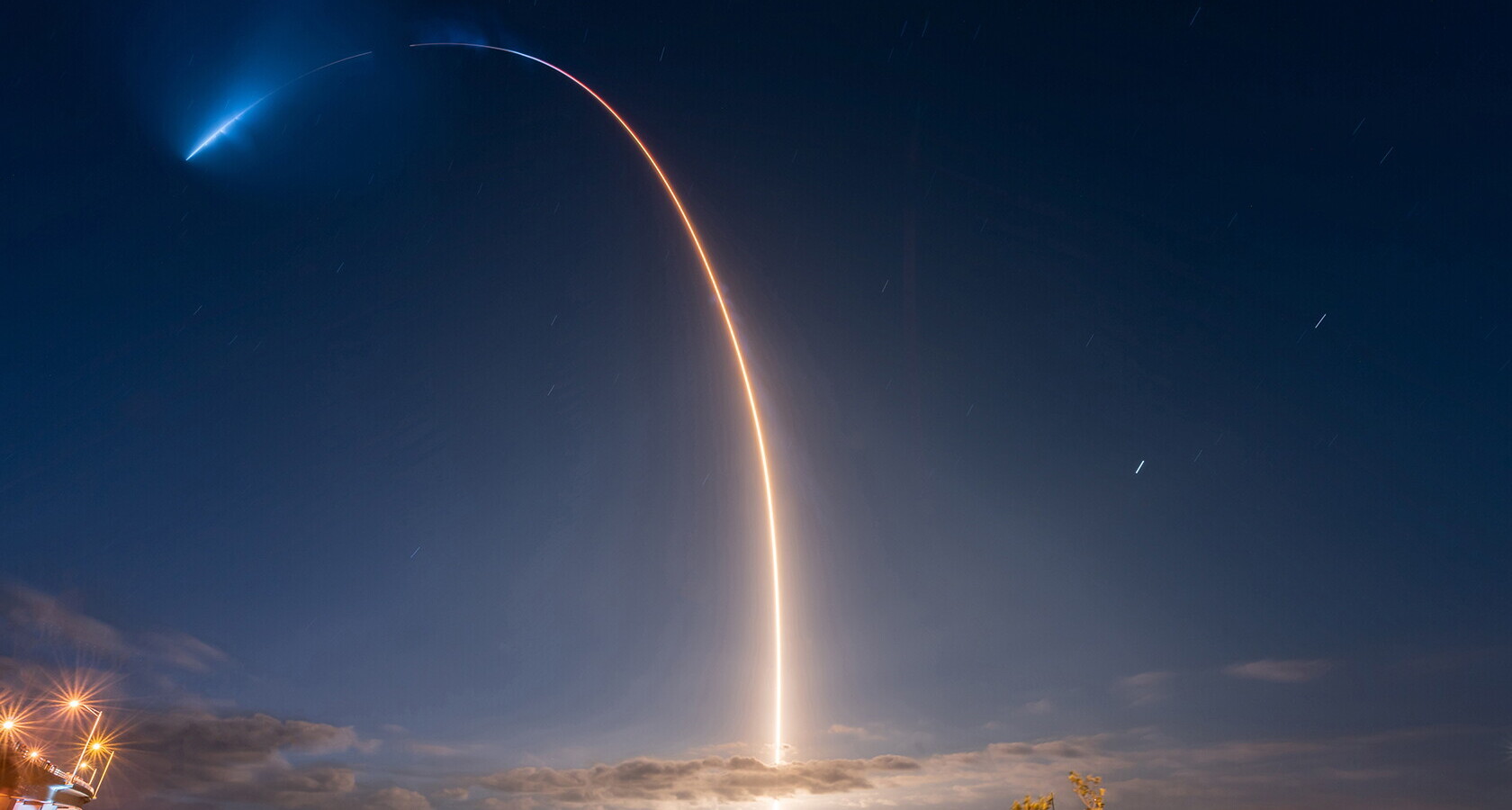
Next stop Mars. But maybe even further...

There is still a video going round of Danish parliamentarians laughing off Trump's economic offers to buy Greenland. As everyone has seen (and we have written about) the US president is actually repeating a line he anticipated in his first term and that follows desires not invented but linked to his vision of the need for control of strategic materials for the economy, energy and defense. This same line also led him to create a section of the Armed Forces dedicated to defense in space, the US Space Force, in 2019. It will be no surprise if he replicates the gesture, endowing it with economic contributions to match his ambition to create not only a "space shield,” —after all it was originally Reagan's idea— but also to defend the portion of Space that the US considers strategic for the search for rare and precious minerals or corners of space from which to defend its own satellites and control those of others. This is not science fiction, since China and Russia, the former with funds and strategy, are in any case also investing in this field.
China has reached the Moon on the dark side, or the less visible part, and positioned satellites monitoring it at the point astronomers call L2, a strategic vantage point for the opposite side to where we saw the first LEM land in 1969.
Travel and the role of satellites
The Moon is considered the first step in future journeys that could lead at least to Mars, which is why it is considered to be so important. But this is not the only space of possible friction in “star geopolitics”. The first belt around the earth,the low earth orbit up to 2,000 kilometers, and then the middle earth orbit up to 35,786 kilometers have for some time been experiencing traffic you don’t even see on highways in mid-summer. There are about 14,000 satellites in orbit; 3,000 can be defined as “dead,” floating along with debris and other objects. About 11,500 are considered to be commercial satellites or officially reviewed as such: it is inferred that over 2,000 are generically military in nature, including aeronautical weather satellites, but also those used for earth observation or controlling the satellites of other nations. And these include satellites designed for experimentation, useful for the civilian sector, such as studying the use of solar energy with panels located at that height but also for energy transformation using directional lasers that would enable longer voyages and over greater distances.
It is evident that few could have imagined the stage of development we are at today when it was created.
Today's reality
The big difference with the past, with the heroic years of US-USSR space challenges, is the presence of some private individuals. Two we know well by now, namely Elon Musk and Jeff Bezos, who, while promising space travel or a future presence on Mars, in the mean time are patenting reusable engines and supplying them to Nasa, like Musk, or even envisioning hotels on the moon for those who will be able to afford exotic vacations costing big money.
The truth is that due to the complexity of conditions all kinds of experimentation, even private experimentation, can escape the observation of nation-states and their defense apparatuses; and that at the same time economic needs are no longer such that they are only in the hands of individual states. The depletion of NASA, which proved too expensive even for the US budget as far back as the time of Nixon, and the growth in the private sector of Bezos, and especially Musk, are direct examples. Not to mention that today even Europe —with the European Space Agency— along with China, Russia, India and Israel are also part of the game.
To all this proliferation of projects, and especially satellites, the response of international law remains stuck in 1967 with the Outer Space Treaty, which declared space a place of peaceful and cooperative use during the period of détente of the Cold War, light years away from the scientific and technological changes of today. The structure of the treaty, which is still in force, resembles that of the Antarctic Treaty, and the peace factor of common scientific citizenship should preside over everything. Under the auspices of the United Nations, the Committee on the Peaceful Uses of Outer Space (COPUOS), based in Vienna, reports to the central United Nations in New York, and is assigned to manage everything that happens in this tumultuous field. It is evident that few could have imagined the stage of development we are at today when it was created.
Satellites that control the GPS in our cars; satellites that connect remote regions of the planet to the Internet; satellites that ensure communication, automation, use of artificial intelligence in hospitals or schools. Not to mention defense and not to mention that many of the critical materials and precious metals that create the wealth of countries on earth —from gold to platinum, iridium, nickel and probably even the so-called Rare Earth Elements— are found on planets and asteroids perhaps explorable today; certainly fully explorable in the future.
These materials that a probe will one day reach or perhaps has already reached today: to whom will they belong? The 1967 treaty could not say and got away with providing for the peaceful and scientific exploitation of space; but perhaps it is a question we need to ask today. Some national leaders have already raised the question, and it could be that this will be the next chapter in global geopolitical confrontation. Today, we are no longer talking about science fiction.